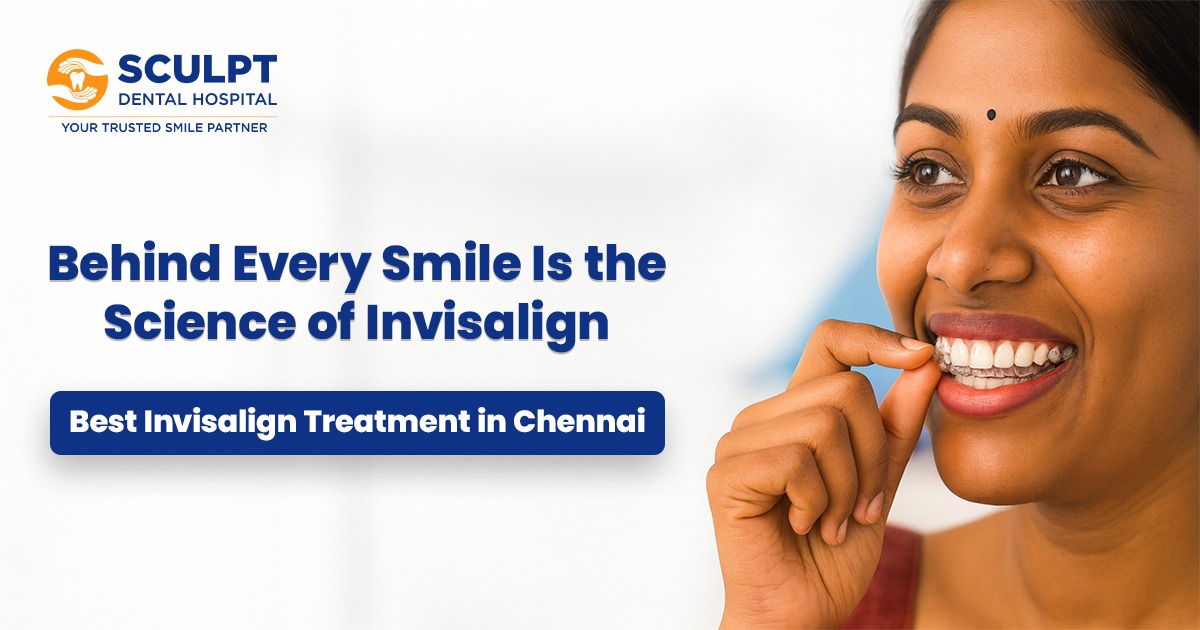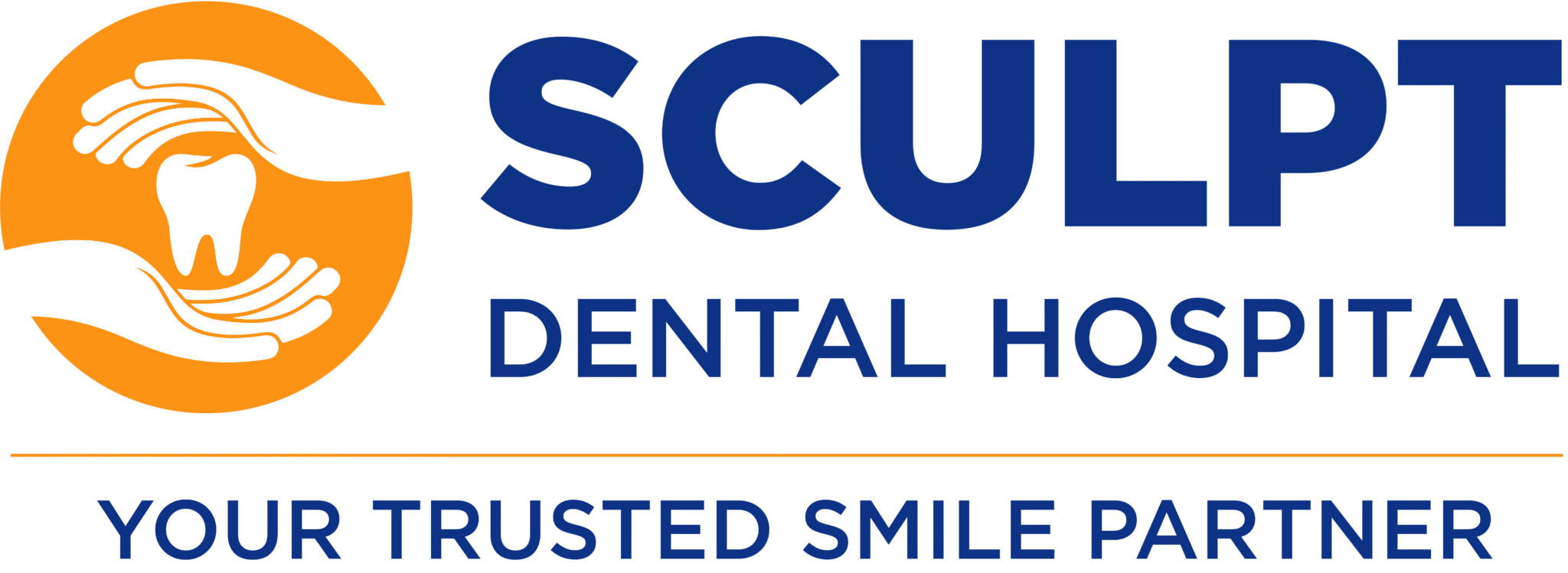
Invisalign has revolutionized orthodontics. What once required metal brackets and wires can now be done with clear, removable trays that are almost invisible. But while patients often see Invisalign as “magic,” the truth is that it’s pure dental science at work. Behind every smile transformed with Invisalign lies biomechanics, digital planning and advanced materials that move teeth safely and predictably. For those looking for the Best Invisalign Treatment in Chennai, this innovation proves to be the perfect blend of comfort, technology and results.
If you’ve ever wondered how a simple plastic tray can guide your teeth into perfect alignment, this blog will break it down for you.
How Teeth Actually Move
Contrary to what many think, teeth are not rigidly fixed in the jawbone. They are supported by the periodontal ligament, a soft tissue that acts like a cushion between the tooth and bone.
- When gentle, consistent pressure is applied, the ligament stretches on one side and compresses on the other.
- This triggers a process called bone remodeling:
- Osteoclasts break down bone on the pressure side.
- Osteoblasts rebuild bone on the opposite side.
This biological response is how both braces and Invisalign gradually shift teeth into new positions.
How Invisalign Aligners Are Made
The magic begins with digital technology:
- Your dentist takes a 3D scan of your teeth.
- Using advanced software, a virtual treatment plan is designed showing how teeth will move step by step.
- Customized aligners are created for each stage.
Each set of aligners is slightly different, moving teeth about 0.25 mm at a time. By the time you’ve worn all the trays, your teeth will have shifted into their ideal alignment.
The Role of Force and Time
The secret to Invisalign’s effectiveness lies in controlled force. Unlike braces that tighten wires, Invisalign uses gentle, consistent pressure.
- Aligners must be worn 20-22 hours a day for results.
- Each aligner is worn for 1-2 weeks before moving to the next.
- Skipping wear time can delay or even reverse progress.
This slow and steady approach ensures teeth move safely without damaging bone or gums.
Why Some Cases Need Attachments or Elastics
Invisalign isn’t just about wearing trays. For complex movements:
- Attachments: Small, tooth-colored bumps are added to give aligners a better grip.
- Elastics: Rubber bands may be used to fix bite issues like overbite or underbite.
- Refinement trays: Additional sets may be given at the end for fine-tuning.
This combination allows Invisalign to treat a wide range of orthodontic problems, not just mild crowding.
Why Dentists Trust the Science of Invisalign
Dentists recommend Invisalign because it combines biology with advanced technology. Here’s why:
- Digital planning ensures predictable results.
- Gentle force = less pain compared to braces.
- Removable trays = better oral hygiene.
- Fewer clinic visits = more convenient for patients.
That’s why many experts call Invisalign one of the most efficient orthodontic systems available today. For those seeking the Best Invisalign Treatment in Chennai, choosing an experienced dentist at the Best Dental Hospital ensures both safety and results.
Key Benefits of Invisalign’s Science
- Precision: Digital 3D modeling creates a customized plan.
- Comfort: Smooth trays avoid cuts from wires or brackets.
- Flexibility: Remove aligners for eating or special events.
- Predictability: Patients can see a virtual preview of results before starting.
- Hygiene: Brushing and flossing remain easy, reducing risk of cavities.
FAQs About Invisalign
1. How does Invisalign move teeth without wires?
Invisalign aligners apply gentle, consistent pressure on teeth. This pressure stimulates bone remodeling, allowing teeth to shift gradually into place.
2. Is Invisalign faster than braces?
For mild to moderate cases, Invisalign can be faster. However, treatment duration always depends on the complexity of the case and patient compliance.
3. Do Invisalign aligners hurt?
You may feel mild pressure for the first few days with each new tray, but most patients find it far more comfortable than traditional braces.
4. Can Invisalign fix bite problems like overbite or gaps?
Yes, with the help of attachments and elastics, Invisalign can correct various bite issues and spacing problems.
5. How long do I need to wear Invisalign aligners each day?
For the best results, wear them at least 20–22 hours per day, removing them only for eating, brushing and flossing.
Conclusion
Invisalign is not magic-it’s science. By combining digital planning, custom-made trays and the body’s natural bone remodeling process, Invisalign creates beautiful, straight smiles without wires and brackets.
If you’re considering this treatment, choosing the right dental care provider makes all the difference. Sculpt Dental Hospital, recognized as one of the Best Dental Hospital names in the city, offers the Best Invisalign Treatment in Chennai with a team of skilled orthodontists and the latest technology.
Your journey to a confident smile starts with understanding the science-and trusting the experts who deliver it.
